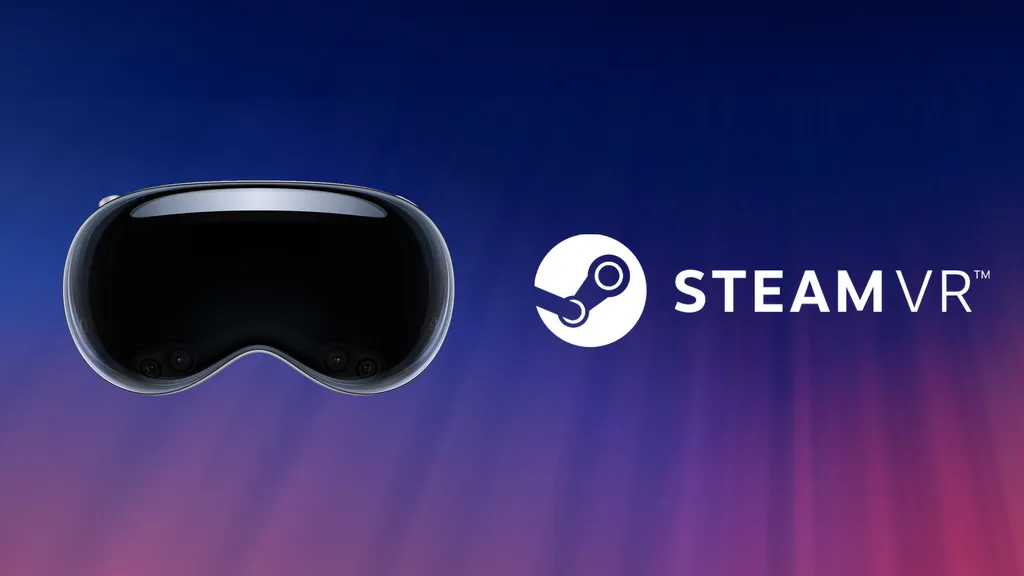A developer got Apple Vision Pro working on SteamVR by porting ALVR.
You're probably familiar with the three most popular tools to make Meta Quests act as PC VR headsets on Windows: Virtual Desktop, Steam Link, and Quest (Air) Link. But you might not be as familiar with ALVR, the open-source alternative that has been around since before any of those.
ALVR is an Android client app with a Windows streamer, compatible with most Android-based headsets including Quest, Pico, and Vive XR Elite. But the code is open-source, and software developer Zhuowei Zhang has successfully ported it to visionOS, meaning Vision Pro too can act as a Windows PC VR headset.
Zhang's code is available on GitHub, and he posted instructions for building it on a Mastodon instance owned by programmer J. Walter Weatherman.
Video by J. Walter Weatherman of Zhuowei Zhang's Apple Vision Pro ALVR port.
Weatherman posted a short clip showing himself trying Zhang's port on a Vision Pro. There are visible jitters and visual artifacts, but it's unclear how much of this is the fault of Zhang's code versus Weatherman's Wi-Fi network conditions.
I reached out to Weatherman to ask, and here's what he told me:
"Likely a combination of software issues and the encoder configuration not being tuned at all.
[...]
My PC is generating the wifi network, and I get 5 +/- 2ms of network latency."
Of course, even if these issues can be fixed, you won't be able to play many SteamVR games. Most SteamVR content expects tracked controllers, and Vision Pro doesn't include or support any.
You could add SteamVR Tracking base stations and Index controllers and use a tool like OpenVR Space Calibrator to manually align them. But that equipment would cost you around $600 if you don't own it already, and the alignment would need to be performed each time.

If you're not willing to do that, Vision Pro could still prove an excellent headset for use with untracked input devices, such as racing wheels for sim racing or HOTAS setups for flight simulators.
Update February 6:
Another programmer, Max Thomas, worked with Weatherman to modify Zhang's port to improve the networking code.
Thomas posted a video to X of the port running without the jitter, describing the experience as "S M O O T H".
Video by Max Thomas showing the results of his improvements to Zhang's code.
Thomas has made his modifications available on GitHub too, so you can compile it yourself if you're an Apple developer with a Mac to sideload it onto your Vision Pro.
He claims the streaming is running at full 90Hz, but guesses the latency is around 50 milliseconds. He also says it looks a bit "crunchy" in headset, meaning compression artifacts are visible, which he speculates is because there's no foveated encoding yet - ie. the compression system isn't being told to prioritize the center of the lens or where you're looking. Foveated encoding is used in the Android version of ALVR, as well as Quest Link, Steam Link, and Virtual Desktop.
There's clearly more work to be done to optimize the experience, but it's remarkable to see this work happening and advancing so quickly.




























